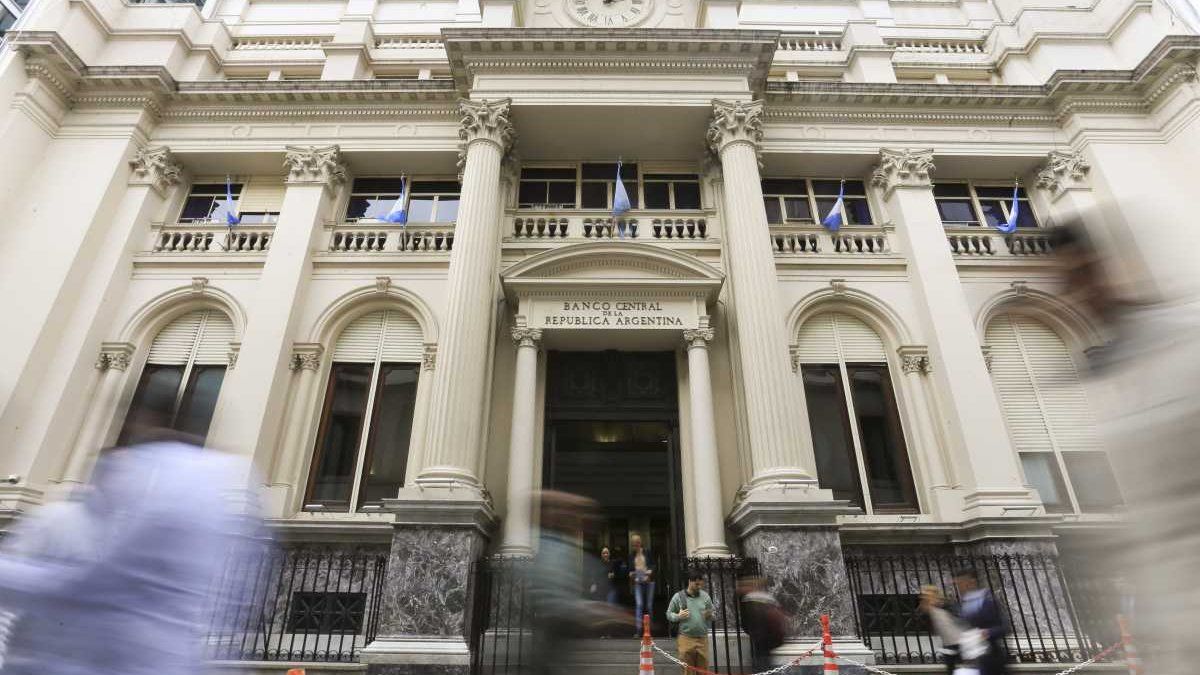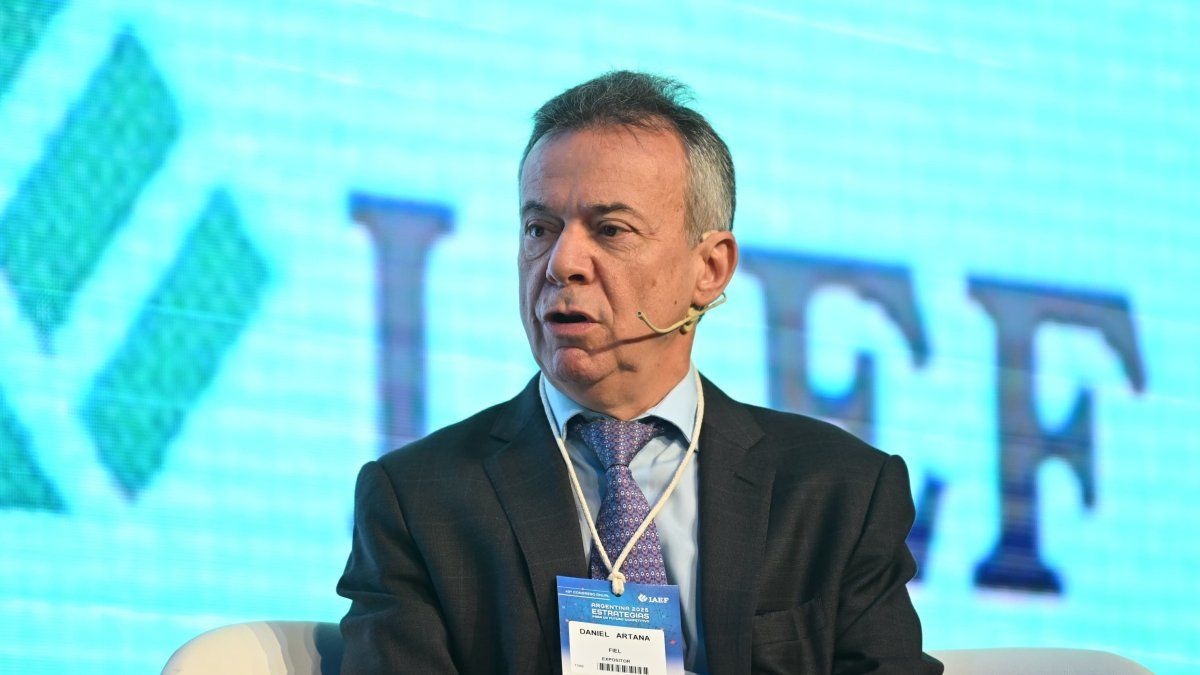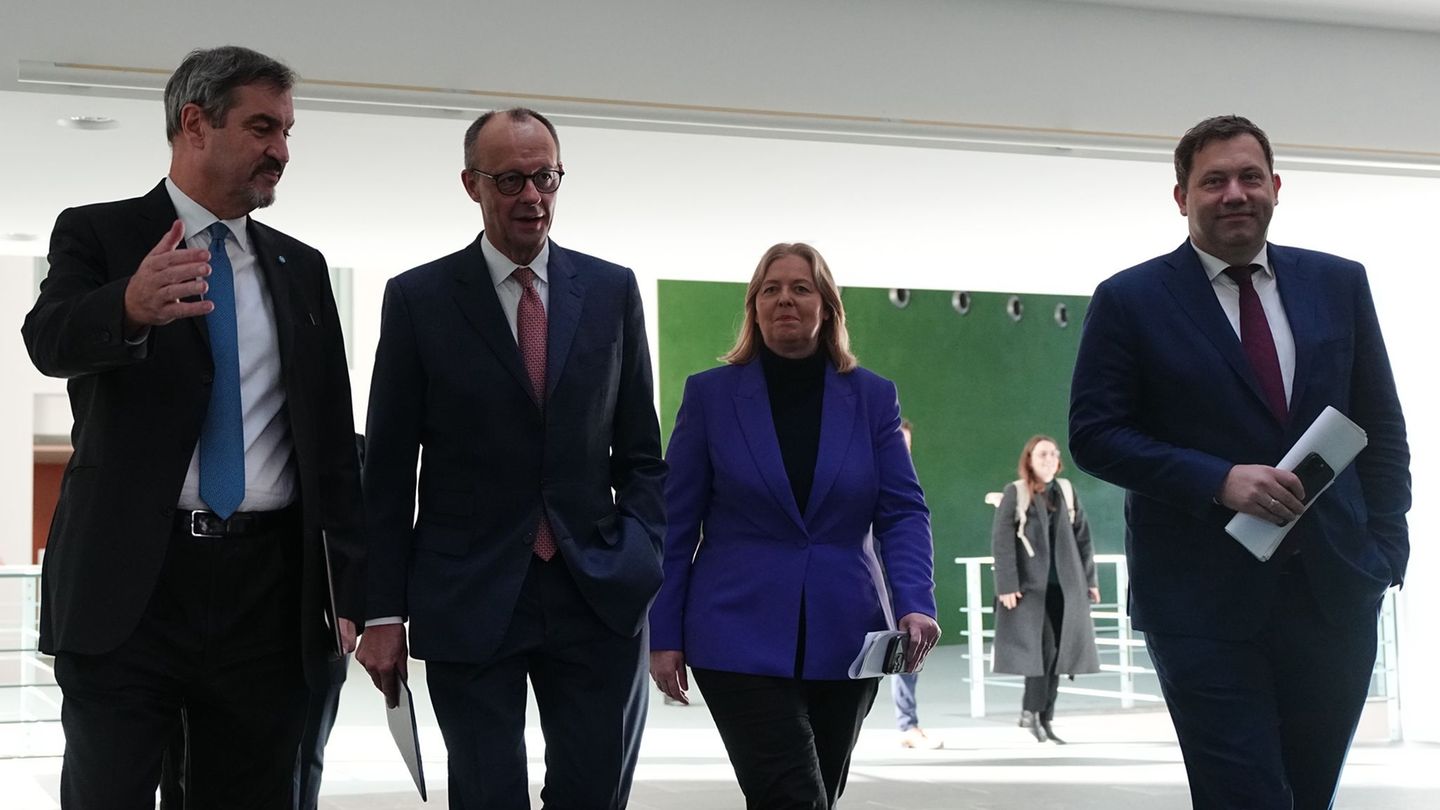The consulting firm GMA Capital estimates in its last report that the quasi-fiscal cost of having raised the interest rates of the 28-day Liquidity Letters to 96% annual effective it would be almost the equivalent of $50 billion a year.
The report indicates that the government’s belated turn to orthodoxy “It will leave sequels in the balance of the Central Bank”. For example, it states that “the interest that accrues remunerated liabilities are going to accelerate, putting pressure on the quasi-fiscal result”. The consultant makes the following estimate: the BCRA ended 2021 with an annualized interest bill for LELIQ (38% TNA) and repos (32% TNA) of $1.92 trillion or $18.7 billion. This value represented 53% of the monetary base and 2.5% of the product. But the increase in the Central Bank’s debt stock, product of a sterilization of more than $4 billion so far this year, and the increase in the price of money, triggered interest bills.
“Given the current assets of LELIQ and passes ($6.82 billion) and the level of fees, the quasi-fiscal cost accrued per year would reach $6.55 trillion or $48.8 billion (more than the total amount of the agreement with the IMF), and would represent 1.5 times today’s monetary base and 8.4% of GDP”, indicates GMA.
For the consultant “this uncomfortable monetarist arithmetic is not trivial in light of the fact that the Central Bank today has more commitments with banks via LELIQ and passes, at an interest rate of almost 100% per year, than banknotes in circulation plus reserves (monetary base that does not generate cost)”.
In this sense, he warns that today remunerated liabilities are 157% of the base which indicates that it is the highest ratio since 1989. For this reason, says GMA Capital, “the sustainability of the quasi-fiscal deficit will become the center of public debate.”
Another consultant, LCG, also indicates that now the eyes are on at the BCRA: “It is not having a clear anti-inflationary policy, nor a deliberate promotion of activity, nor an exchange rate policy in accordance with the situation”. LCG maintains that “the rise in interest rates is still the same as what happened in previous months.” That is, the week in which the increase in expectations of future inflation and the inflation of the previous month are known, the rates rise. LCG sees in it “a reflex action that is insufficient to get through the next two quarters.”
Other economists are also beginning to show concern about the liabilities of the monetary entity. For Fernando Marull, an economist at FMyA, with a 60% rate, the interest accrued on the remunerated liabilities of the BCRA would be equivalent to $4.2 trillion per year, or 5.25% of GDP. While for Consultatio, this year the quasi-fiscal cost could reach $3 billion, equivalent to 3.7% of GDP.
In addition, at Eco Go they estimate that interest on Leliq and passes would reach $2.3 trillion in 2022, consistent with almost 3 points of a GDP that they estimate to grow only 2.2% this year. And they state that due to the level of liabilities that the entity has for each additional point that the BCRA raises the rate, the debt becomes more expensive by around $21,000 million.
Source: Ambito
David William is a talented author who has made a name for himself in the world of writing. He is a professional author who writes on a wide range of topics, from general interest to opinion news. David is currently working as a writer at 24 hours worlds where he brings his unique perspective and in-depth research to his articles, making them both informative and engaging.




